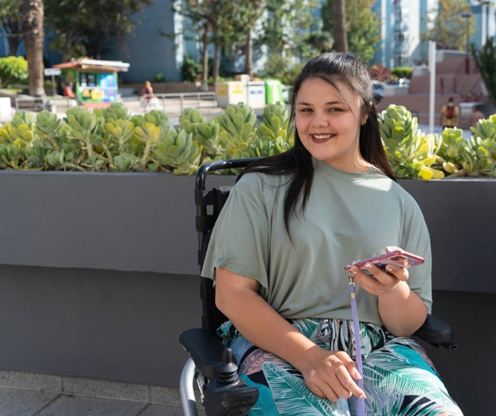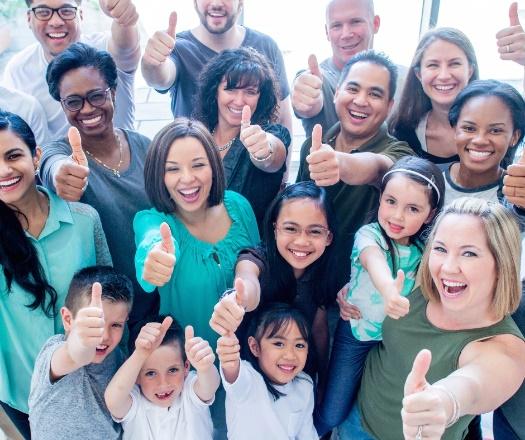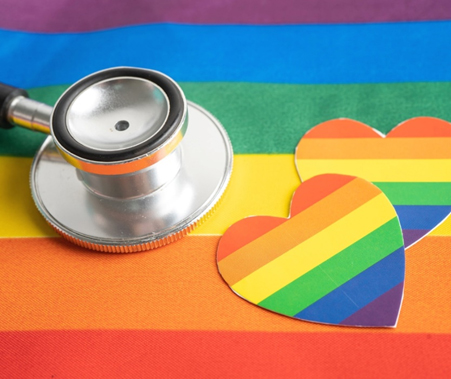First Nations, Inuit and Métis are the original stewards of this land. Their cultures, languages and knowledge are part of the shared heritage of all Canadians. Their vision of health care—rooted in a balance of body, mind, emotion and the environment—offers more human and holistic approaches that benefit the entire population. Recognizing and valuing these perspectives helps build a more respectful, inclusive and sustainable health care system.

Indigenous Peoples contribute to Canada’s cultural and linguistic richness through their languages, arts, stories, values and worldviews. These living heritages are not only treasures within Indigenous communities but a collective asset for all of Canadian society.
Within Canada’s First Nations, there are approximately 1,127,000 members, 630 communities, 50 nations and 50 Indigenous languages.
The Inuit are the Indigenous people of the Arctic. There are more than 70,000 Inuit in Canada, living across four regions: Inuvialuit (Northwest Territories and Yukon), Nunavik (northern Quebec), Nunatsiavut (Labrador) and Nunavut.
There are nearly 600,000 Métis in Canada, living mainly in Ontario and the four western provinces.
Additional resources
Learn more about Indigenous Peoples and cultures: Learn about Canada’s three distinct groups of Indigenous peoples with unique histories, languages, cultural practices, and spiritual beliefs that are woven into the fabric of our country. More than 1.8 million people in Canada identify themselves as an Indigenous person.
The Indigenous health page on the Canadian Medical Association website presents data on Indigenous Peoples and health.


